Today I’ll be sharing with you a simple but really useful tip we’ve learned after years of research on the history of homemade plant milks; one that has been used for centuries around the world in order to make the most of homemade plant milks.
The trick is to blend the same ingredients twice, changing the water used in order to get more plant milk. It’s really simple, but you can see it better in this video.
Once we’ve made our plant milk with our usual technique, we’ll use the remaining pulp in the Vegan Milker filter to carry out a second extraction.
We’ll leave the pulp inside the filtre and add an extra half a litre of water to the jar, then blending for another minute. This is an easy way to get an extra half a litre of milk without extra resources. Even if it’s thinner and more bland than the first litre obtained, there’s still so much that it can be done with it!
You can either:
- Keep it in the fridge and use it to make a potato puree or some rice pudding. You can find some easy recipes in our blog.
- Add it to the first litre obtained. The result is a creamy, delicious milk.
The leftover pulp will be kept in the fridge, and it can be used to add a great touch to any other recipe, as well as a baking ingredient. It’s a great way not to waste all the nutrients left in the pulp.
Click here for pulp recipes.
Now, to clear some doubts!
Why do we use this technique with only nuts, avoiding grains?
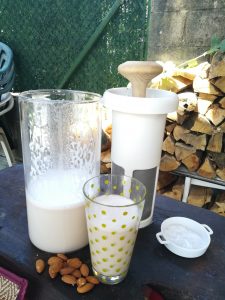 First, because nutritionally speaking, nuts (including almonds, coconut, walnuts, cashews, hazelnuts, tigernuts (which is actually a rhizome) are high in healthy fats, so they make for a creamier milk when used instead of cereals. This has been done since the Medieval Age, and can be seen in the following tradicional recipes:
First, because nutritionally speaking, nuts (including almonds, coconut, walnuts, cashews, hazelnuts, tigernuts (which is actually a rhizome) are high in healthy fats, so they make for a creamier milk when used instead of cereals. This has been done since the Medieval Age, and can be seen in the following tradicional recipes:
After some extensive research, we could conclude that grains weren’t used to make a second extraction, which would likely be due to the fact that they aren’t rich in fats and therefore produce a thinner, bland milk.
Another reason why nuts are commonly used with the second extraction technique is that they are quite expensive if you aren’t lucky enough to live near some nut trees. Getting 100-200gr of nuts would cost about 1-3 euros (depending on country, season and vendor), therefore, nut milks aren’t as affordable as grain milks. That’s why it’s nice being able to do a second extraction, since it makes the most of the ingredients.
If you’re interested in learning more chufamix tips, you can check our videos “Express filtering”, shared by a great chufamixer pal in a fair and “The Jumpy”.
What’s your favourite tip to make the most of your homemade milks?

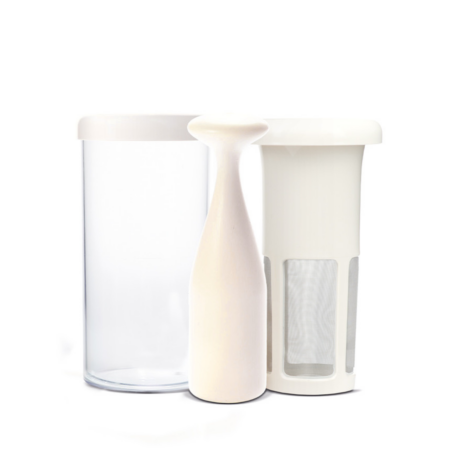
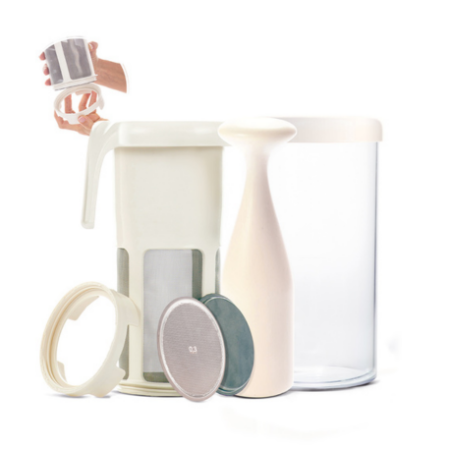
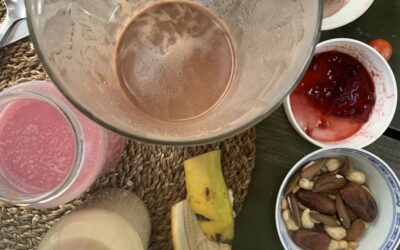
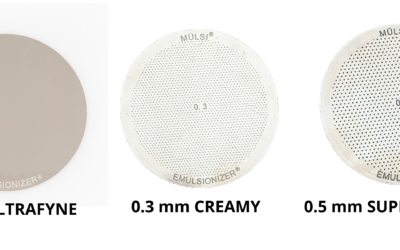
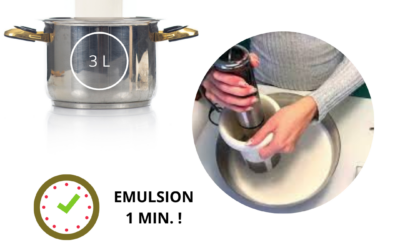
0 Comments